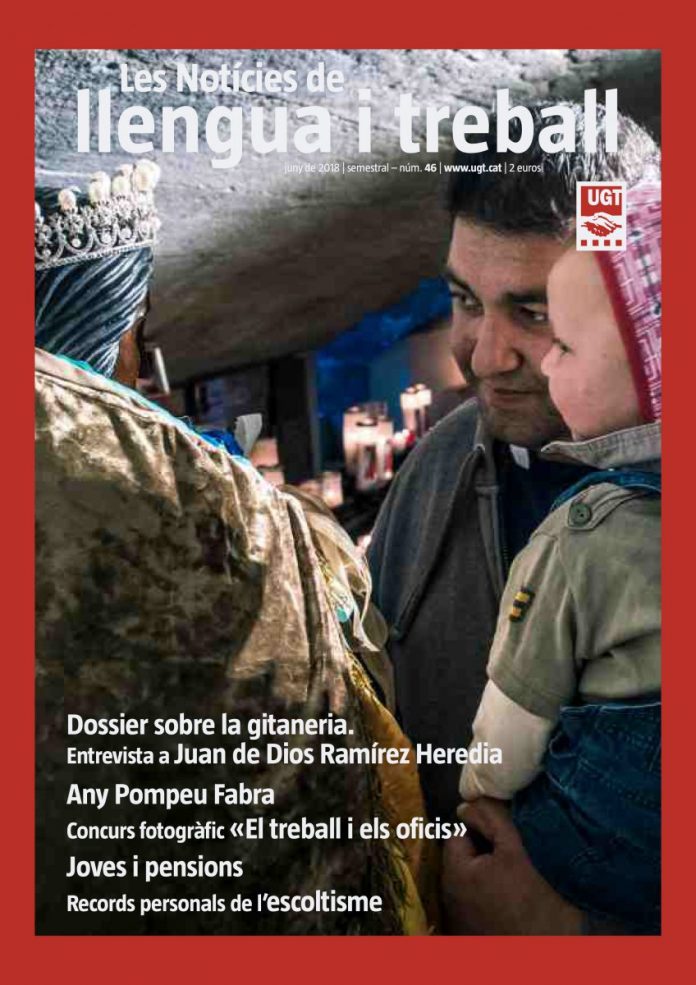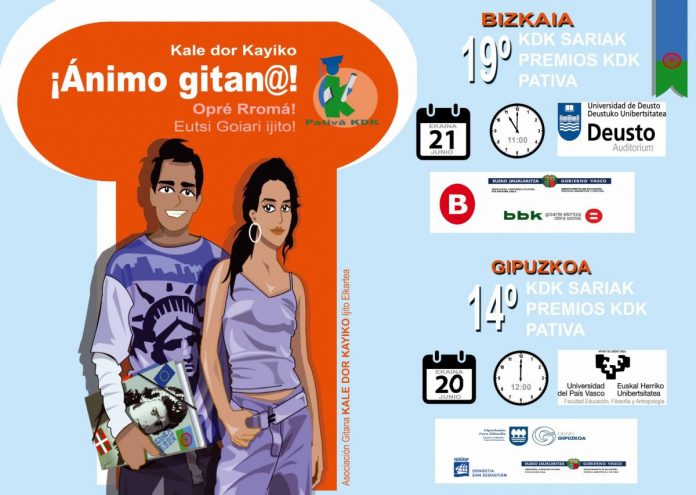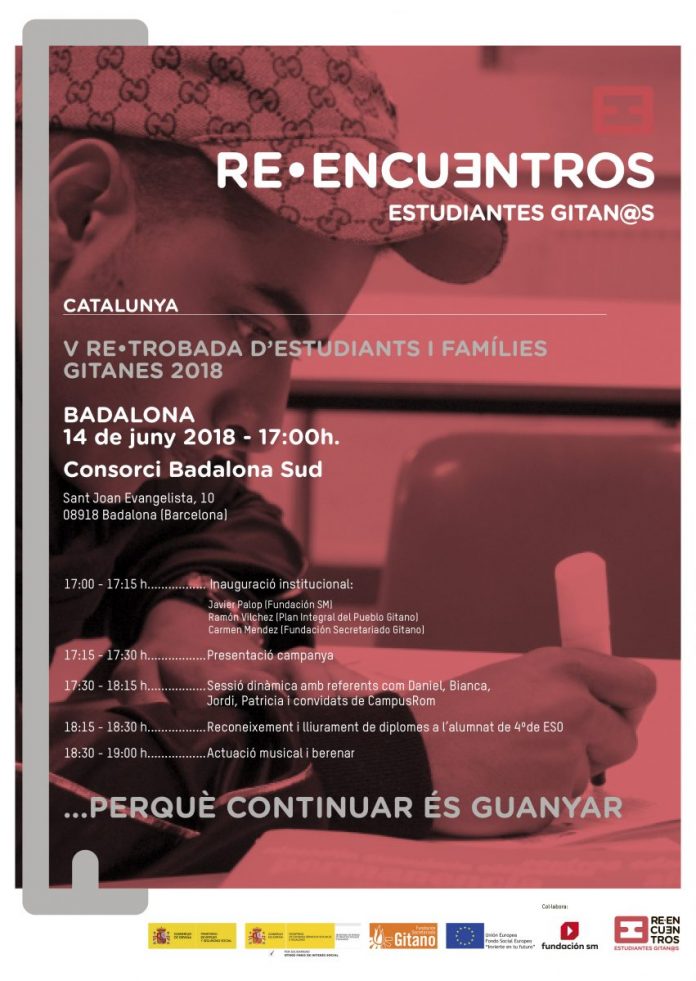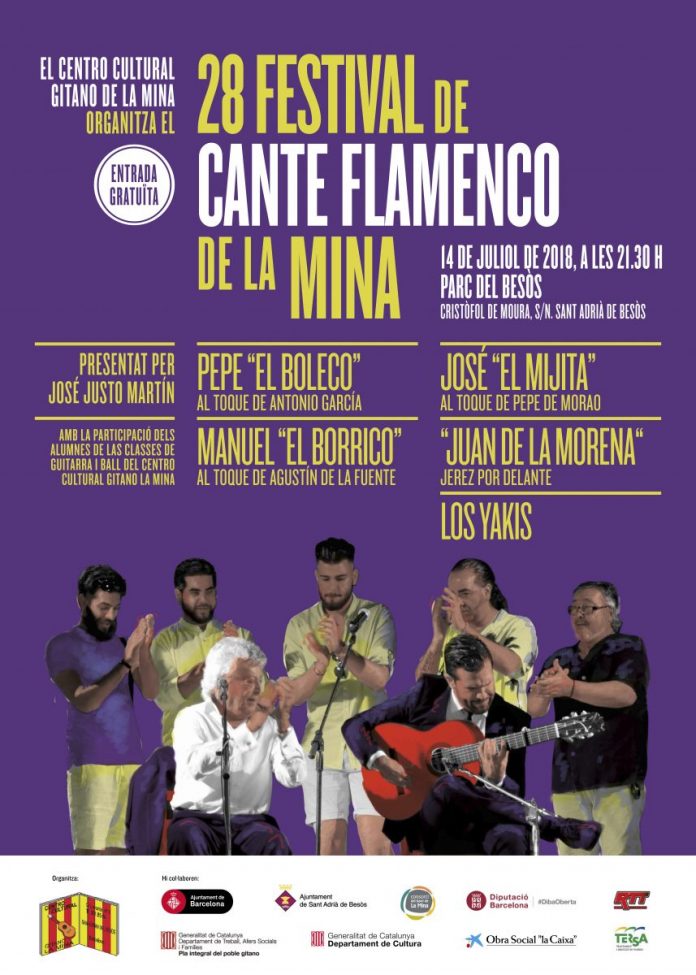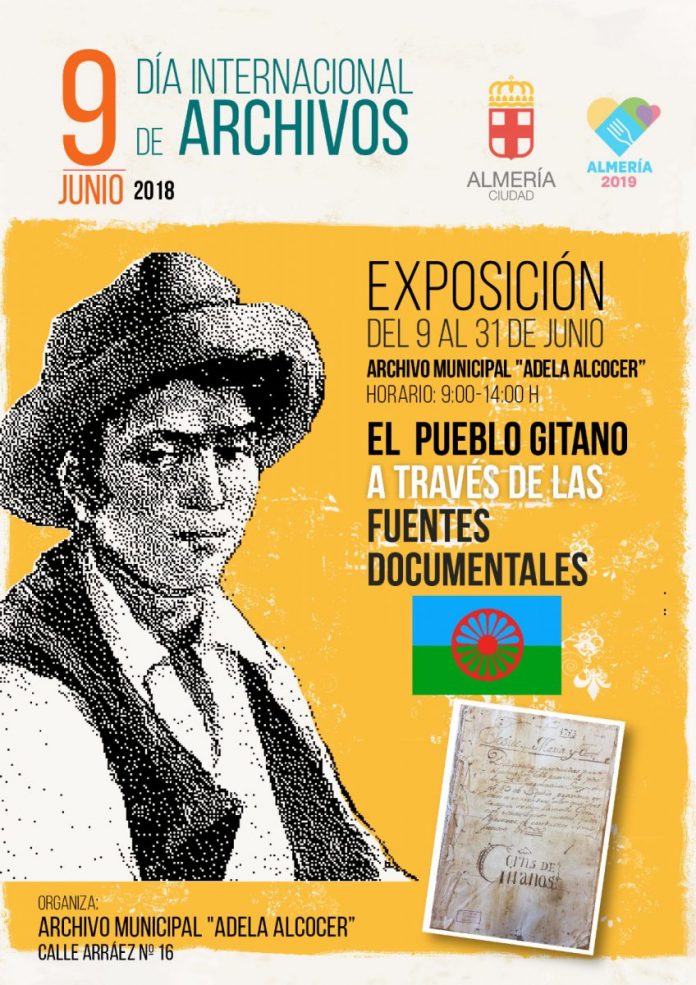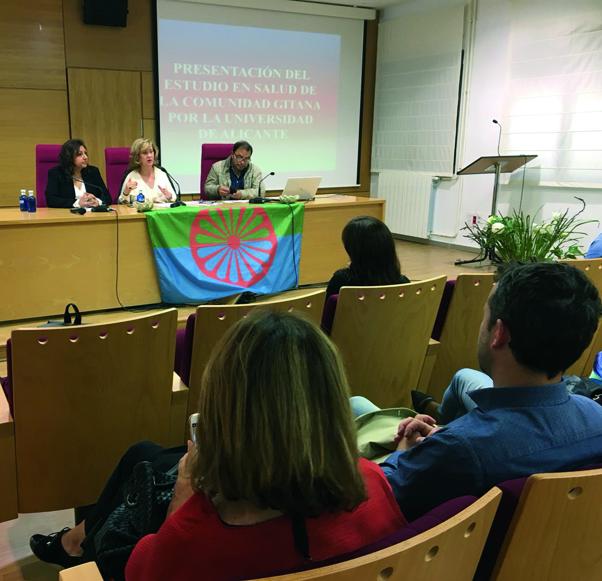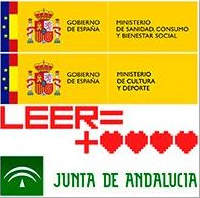
Predictably. Sooner or later we knew what would happen. We know very well the ways of Northern League of Italy. Its components are radically racist and its ideology is traced to that of the Nazi party of Adolf Hitler. An ideology that brought so much pain and despair to millions of people who ended up being exterminated in the extermination camps or in the gas chambers.
And we say that we knew that because we have already suffered in our own flesh the genocidal blows of the Italian government when, not too long ago, under the Berlusconi government, the separatist and nationalist Northern League took over the interior ministry of the government of coalition that ruled Italy in 2013. The list of aggressions of these miserable racists would be endless. One recent example, five years ago, the vice president of the Italian Senate, and member of the extreme right-wing Northern League, Roberto Calderoli, compared Minister Cecile Kyenge, a black woman, with a monkey. “When I see the images of Kyenge I cannot stop thinking, although I do not say that it is, in the features of an orangutan”.
Ten years ago, I reported that the situation was reaching unsuspected limits in Italy. Who was then Mayor of Treviso – a city of more than 100,000 inhabitants, capital of the province of the same name and belonging to the Veneto region of northern Italy- , Giancarlo Gentilini, said at a rally with thousands of people, that “Roma children must be eliminated – does it mean to kill them?”. This miserable man shows off to have destroyed two camps of Roma people and boasted that in his city “there are no Roma!”. He proclaimed himself the sheriff of Italy, and he became famous proclaiming that against the Roma should practice “double zero tolerance”.
Today we witness the embarrassing spectacle offered by the current interior minister of the Italian government, Matteo Salvini, who is following in the footsteps of the person who held the same department in the last coalition government of the Northern League with Berlusconi’s party: Roberto Maroni (2008-2011). This racist politician, who has been president of the rich Lombard region until March of this year, in which he was succeeded by another member of the Northern League, Attilio Fontana, proposed to take the fingerprints of Roma children, as was done in Nazi Germany in the years of the pre-World War. We did not allow it and I participated in Brussels, together with a large group of Italian Roma people, in a demonstration in front of the Commissioner of Justice of the European Commission to denounce this horrible disposition.
Matteo Salvini is a dangerous racist
And it is because he has never been worried to hiding it and not even concealing it. Unfortunately, I have not had the opportunity to face him personally as I have on many occasions against the racist members of the European Parliament, because when Salvini was elected to the Strasbourg Chamber I was no longer a member. However, I just saw a video recorded in 2009, when Salvini was member of the European Parlament, where he appears singing in chorus with a group of Nazis. He was holding a glass of beer while he sang: “It smells bad, so much that even the dogs run away. It’s because Neapolitans are coming and they do not know what soap is because they have never washed”. Imagine: if he says that about his Italian countrymen, what will he say about those who are not?
Well, he says, and so he asked to the President of the Republic that same year, to reserve two subway cars in which citizens who did not belong to the European Union could not enter. Poisoned idea that the following year defended Erminio Boso and Sergio Divina, two provincial representatives of Trento, also of the League, giving as official reason for the request that “foreigners smell bad”. Let’s not forget that these Nazis belong to the same party as Umberto Bossi, the one who threatened to take the weapons to the streets. “The rifles are always ready”, he said, “we are ready. If they want confrontations, I have three hundred thousand men always ready”.
How the Italian Roma people live
I think I know how the Italian Roma people live. I have been many times in this wonderful country and I have had many meetings with its leaders and with the organizations that defend them. And I have participated, with the Italian authorities, in meetings in which we have tried to find ways to make possible the elimination of prejudices and the incorporation of the Roma community to the Italian society. It has not been easy, in the same way that it is not easy to exercise politics in a land that someone has said that “could work perfectly without any kind of government”. I have always said that, if I had to live outside of Spain, Italy would be, without hesitation, the land I would like to live on. What does not blind me to recognize that the problems facing the Roma community throughout the country are much more serious than those we recognize that still suffer a part of the Spanish Roma people.
The first news that shows the presence of Roma in Italy is from the first years of 1400. Twenty-five years later they made their appearance in Spain. Possibly they came from Greece through the Adriatic. Not many Roma live in Italy. The latest estimates put the population at about 180,000 people, of whom some 26,000 live in huts and settlements that Minister Salvini wants to close. I know the “campo sosta” in Rome and in northern Italy, especially in Milan and Florence. In this last city, I actively collaborated with the General Prosecutor of the region who insisted on improving the living conditions of the thousands of gypsies who had arrived in Italy, crossing the Adriatic Sea after the bloody wars of the ex-Yugoslavia. The truth is that between 1960 and 1967 there was a large mobilization of Roma from Eastern Europe. It is estimated that it was a mass of almost 300,000 people who moved, but it was in the wake of the fracture of the ex-Yugoslavia, after the death of Marshal Tito, when some 40,000 Roma entered Italy and a similar amount in Austria.
Some studies show that 50 percent of the Roma population resident in the country are Italians of origin. The rest are mostly from Romania and Bulgaria. These are the ones whom Minister Salvini has told them: “Hey, the good life is over. You can go pick up the bags”. But the racist Salvini pretends to ignore that most of these Roma have been living in Italy for almost 50 years and that according to Carlos Stasolla, president of the association that serves these people, “these gypsies are more Italian than many of our fellow citizens”.
Salvini, who, in addition to being Minister of the Interior, is vice-president of the Italian Government, was the main promoter of the refusal to disembark in Italy of the 629 immigrants of the ship “Aquarius”. And when the ship arrived in Valencia he celebrated it saying that, at last, Italy had ceased to be “the doormat of Europe”. Then, already from Milan, in an act with his faithful, trying to be funny, he said he hoped that Spain would welcome “66,629” more emigrants.
Now we live with the soul in suspense because the hard hand of Salvini against immigration and against the Roma people can be reflected in the fulfilment of one of the threats that appears in his government program signed with the anti-system formation Five Stars: remove his parents children when the authority so provides.
European Roma associations are mobilizing to give an adequate response to this unspeakable barbarism.
Juan de Dios Ramírez-Heredia
Lawyer and journalist
Vice President of the International Romani Union


